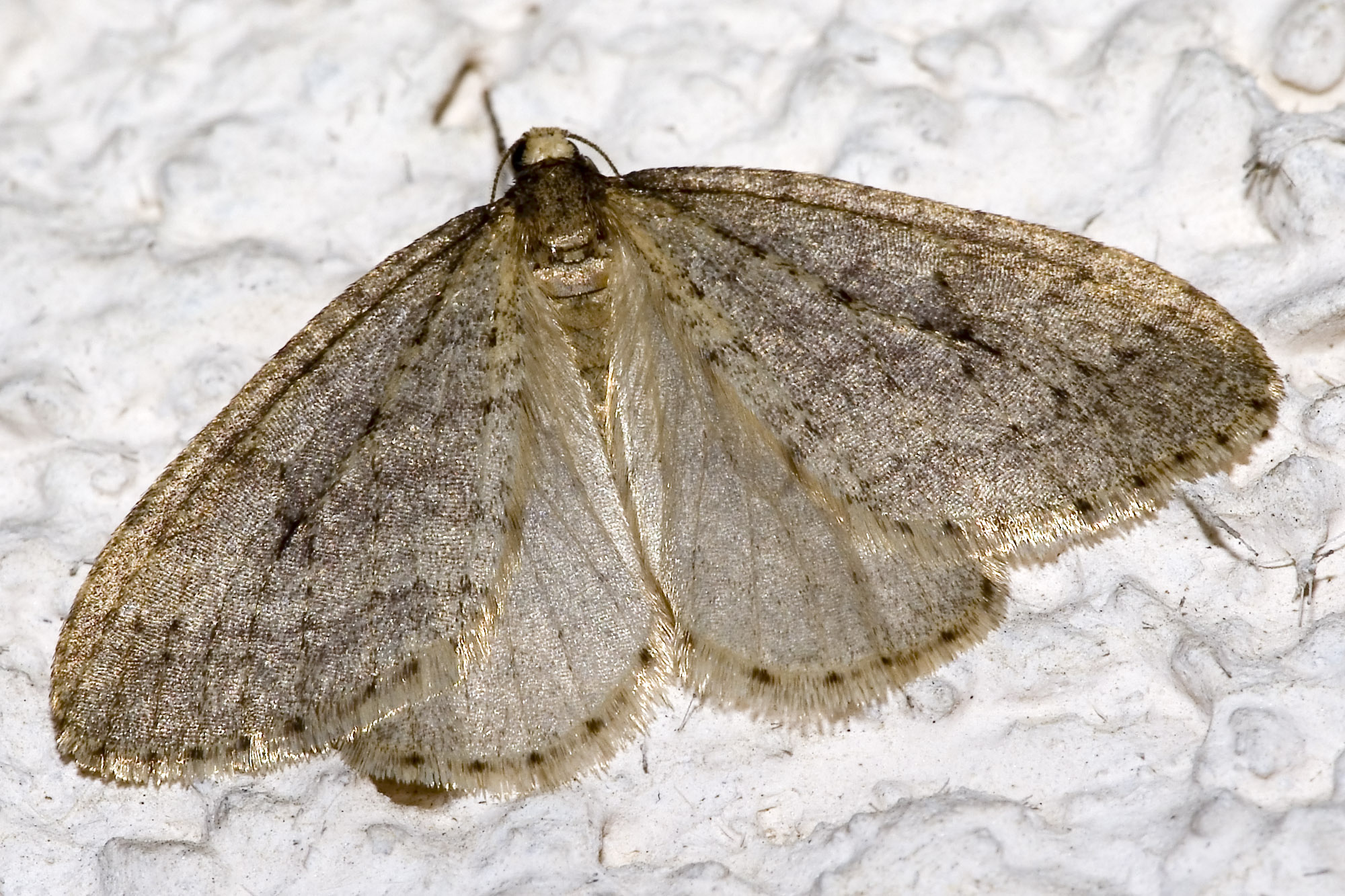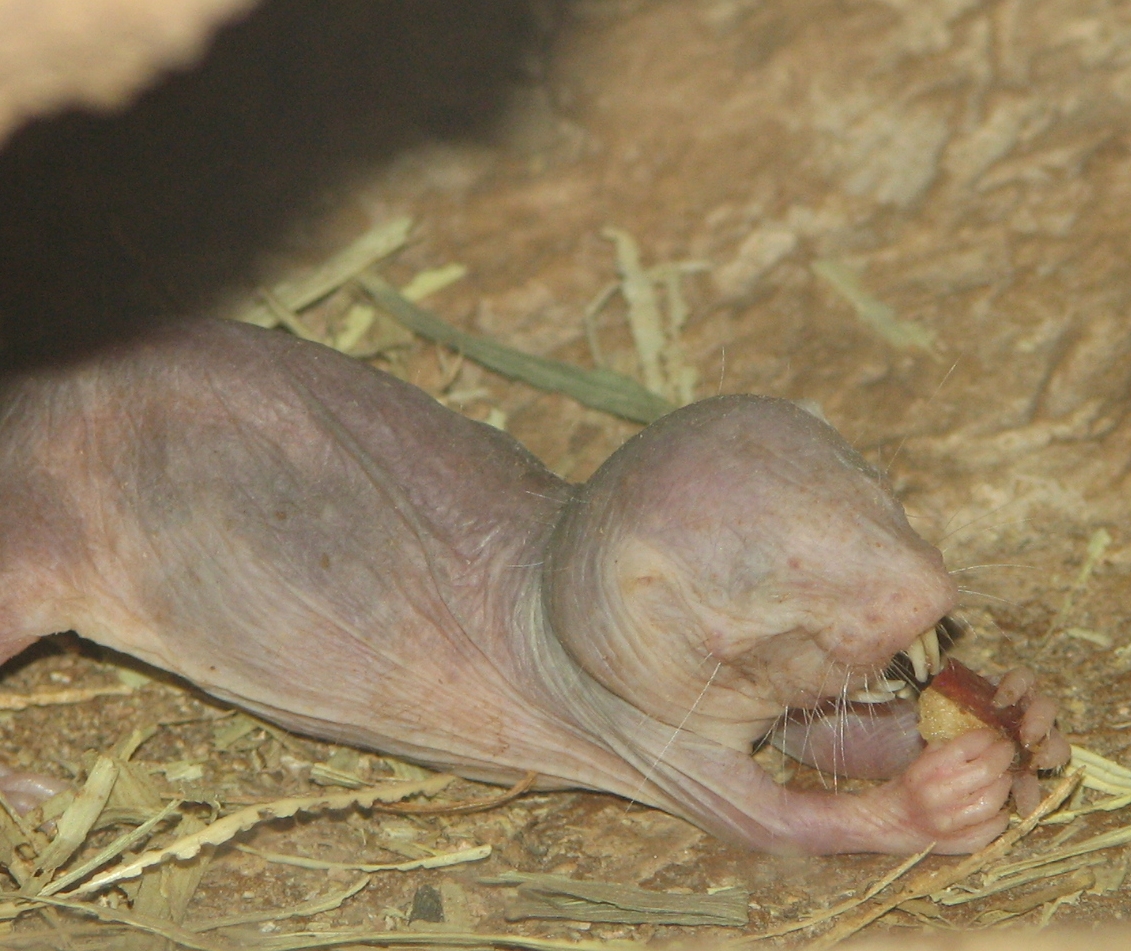|
Recruitment (biology)
When discussing population dynamics, behavioral ecology, and cell biology, recruitment refers to several different biological processes. In population dynamics, recruitment is the process by which new individuals are added to a population, whether by birth and maturation or by immigration. When discussing behavioral ecology and animal communication, recruitment is communication that is intended to add members of a group to specific tasks. Finally, when discussing cell biology, recruitment is the process by which cells are selected for certain tasks. Recruitment in population dynamics Definition and importance In population dynamics and community ecology, recruitment is the process by which individuals are added to a population. Successful recruitment is contingent on an individual surviving and integrating within the population; in some studies, individuals are only considered to have been recruited into a population once they've reached a certain size or life stage. Recruitmen ... [...More Info...] [...Related Items...] OR: [Wikipedia] [Google] [Baidu] |
Population Dynamics
Population dynamics is the type of mathematics used to model and study the size and age composition of populations as dynamical systems. Population dynamics is a branch of mathematical biology, and uses mathematical techniques such as differential equations to model behaviour. Population dynamics is also closely related to other mathematical biology fields such as epidemiology, and also uses techniques from evolutionary game theory in its modelling. History Population dynamics has traditionally been the dominant branch of mathematical biology, which has a history of more than 220 years,Malthus, Thomas Robert. An Essay on the Principle of Population: Library of Economics although over the last century the scope of mathematical biology has greatly expanded. The beginning of population dynamics is widely regarded as the work of Malthus, formulated as the Malthusian growth model. According to Malthus, assuming that the conditions (the environment) remain constant ('' ceteris pari ... [...More Info...] [...Related Items...] OR: [Wikipedia] [Google] [Baidu] |
Behavioral Ecology
Behavioral ecology, also spelled behavioural ecology, is the study of the evolutionary basis for ethology, animal behavior due to ecology, ecological pressures. Behavioral ecology emerged from ethology after Niko Tinbergen outlined Tinbergen's four questions, four questions to address when studying animal behaviors: what are the proximate causes, ontogeny, Adaption, survival value, and phylogeny of a behavior? If an organism has a trait that provides a selective advantage (i.e., has adaptive significance) in its environment, then natural selection favors it. Adaptive significance refers to the expression of a trait that affects fitness, measured by an individual's reproductive success. Adaptive traits are those that produce more copies of the individual's genes in future generations. Maladaptive traits are those that leave fewer. For example, if a bird that can call more loudly attracts more mates, then a loud call is an adaptive trait for that species because a louder bird mates ... [...More Info...] [...Related Items...] OR: [Wikipedia] [Google] [Baidu] |
Cell Biology
Cell biology (also cellular biology or cytology) is a branch of biology that studies the structure, function, and behavior of cells. All living organisms are made of cells. A cell is the basic unit of life that is responsible for the living and functioning of organisms. Cell biology is the study of the structural and functional units of cells. Cell biology encompasses both prokaryotic and eukaryotic cells and has many subtopics which may include the study of cell metabolism, cell communication, cell cycle, biochemistry, and cell composition. The study of cells is performed using several microscopy techniques, cell culture, and cell fractionation. These have allowed for and are currently being used for discoveries and research pertaining to how cells function, ultimately giving insight into understanding larger organisms. Knowing the components of cells and how cells work is fundamental to all biological sciences while also being essential for research in biomedical fiel ... [...More Info...] [...Related Items...] OR: [Wikipedia] [Google] [Baidu] |
Biology
Biology is the scientific study of life and living organisms. It is a broad natural science that encompasses a wide range of fields and unifying principles that explain the structure, function, growth, History of life, origin, evolution, and distribution of life. Central to biology are five fundamental themes: the cell (biology), cell as the basic unit of life, genes and heredity as the basis of inheritance, evolution as the driver of biological diversity, energy transformation for sustaining life processes, and the maintenance of internal stability (homeostasis). Biology examines life across multiple biological organisation, levels of organization, from molecules and cells to organisms, populations, and ecosystems. Subdisciplines include molecular biology, physiology, ecology, evolutionary biology, developmental biology, and systematics, among others. Each of these fields applies a range of methods to investigate biological phenomena, including scientific method, observation, ... [...More Info...] [...Related Items...] OR: [Wikipedia] [Google] [Baidu] |
Animal Communication
Animal communication is the transfer of information from one or a group of animals (sender or senders) to one or more other animals (receiver or receivers) that affects the current or future behavior of the receivers. Information may be sent intentionally, as in a courtship display, or unintentionally, as in the transfer of scent from the predator to prey with kairomones. Information may be transferred to an "audience" of several receivers. Animal communication is a rapidly growing area of study in disciplines including Ethology, animal behavior, sociology, neurology, and animal cognition. Many aspects of animal behavior, such as symbolic name use, emotional expression, learning, and Animal sexual behavior, sexual behavior, are being understood in new ways. When the information from the sender changes the behavior of a receiver, the information is referred to as a "signal". Signalling theory predicts that for a signal to be maintained in the population, both the sender and receiv ... [...More Info...] [...Related Items...] OR: [Wikipedia] [Google] [Baidu] |
Dispersal (ecology)
Biological dispersal refers to both the movement of individuals (animals, plants, fungi, bacteria, etc.) from their birth site to their breeding site ('natal dispersal') and the movement from one breeding site to another ('breeding dispersal'). Dispersal is also used to describe the movement of propagules such as seeds and spores. Technically, dispersal is defined as any movement that has the potential to lead to gene flow. The act of dispersal involves three phases: departure, transfer, and settlement. There are different fitness costs and benefits associated with each of these phases. Through simply moving from one habitat patch to another, the dispersal of an individual has consequences not only for individual fitness, but also for population dynamics, population genetics, and species distribution. Understanding dispersal and the consequences, both for evolutionary strategies at a species level and for processes at an ecosystem level, requires understanding on the type of ... [...More Info...] [...Related Items...] OR: [Wikipedia] [Google] [Baidu] |
Pheromone
A pheromone () is a secreted or excreted chemical factor that triggers a social response in members of the same species. Pheromones are chemicals capable of acting like hormones outside the body of the secreting individual, to affect the behavior of the receiving individuals. There are ''alarm signal, alarm pheromones'', ''food trail pheromones'', ''sex pheromones'', and many others that affect behavior or physiology. Pheromones are used by many organisms, from basic unicellular prokaryotes to complex multicellular eukaryotes. Their use among insects has been particularly well documented. In addition, some vertebrates, plants and ciliates communicate by using pheromones. The ecological functions and evolution of pheromones are a major topic of research in the field of chemical ecology. Background The portmanteau word "pheromone" was coined by Peter Karlson and Martin Lüscher in 1959, based on the Greek language, Greek () and (). Pheromones are also sometimes classified as ec ... [...More Info...] [...Related Items...] OR: [Wikipedia] [Google] [Baidu] |
Eusociality
Eusociality ( Greek 'good' and social) is the highest level of organization of sociality. It is defined by the following characteristics: cooperative brood care (including care of offspring from other individuals), overlapping generations within a colony of adults, and a division of labor into reproductive and non-reproductive groups. The division of labor creates specialized behavioral groups within an animal society, sometimes called castes. Eusociality is distinguished from all other social systems because individuals of at least one caste usually lose the ability to perform behaviors characteristic of individuals in another caste. Eusocial colonies can be viewed as superorganisms. Eusociality has evolved among the insects, crustaceans, trematoda and mammals. It is most widespread in the Hymenoptera (ants, bees, and wasps) and in Isoptera (termites). A colony has caste differences: queens and reproductive males take the roles of the sole reproducers, while soldiers ... [...More Info...] [...Related Items...] OR: [Wikipedia] [Google] [Baidu] |
Naked Mole-rat
The naked mole-rat (''Heterocephalus glaber''), also known as the sand puppy, is a burrowing rodent native to the Horn of Africa and parts of Kenya, notably in Somali regions. It is closely related to the blesmols and is the only species in the genus ''Heterocephalus''. The naked mole-rat exhibits a highly unusual set of physiological and behavioral traits that allow it to thrive in a harsh underground environment; most notably its being the only mammalian thermoconformer with an almost entirely ectothermic (cold-blooded) form of body temperature regulation, as well as exhibiting eusociality, a complex social structure including a reproductive division of labor, separation of reproductive and non-reproductive castes, and cooperative care of young. The closely related Damaraland mole-rat (''Fukomys damarensis'') is the only other known eusocial mammal. Naked mole-rats lack pain sensitivity in their skin, and have very low metabolic and respiratory rates. The animal also is ... [...More Info...] [...Related Items...] OR: [Wikipedia] [Google] [Baidu] |






